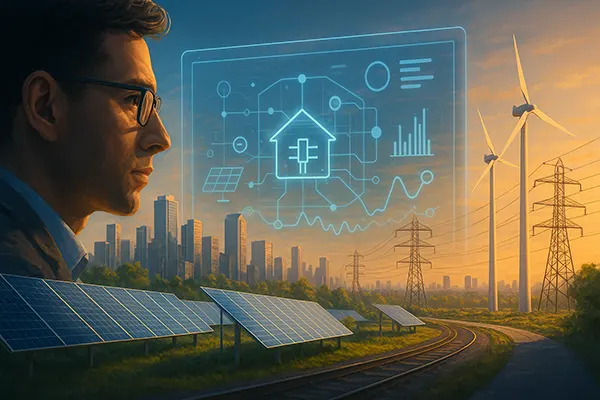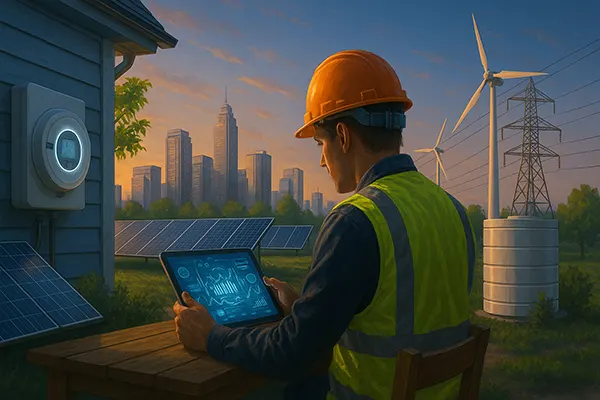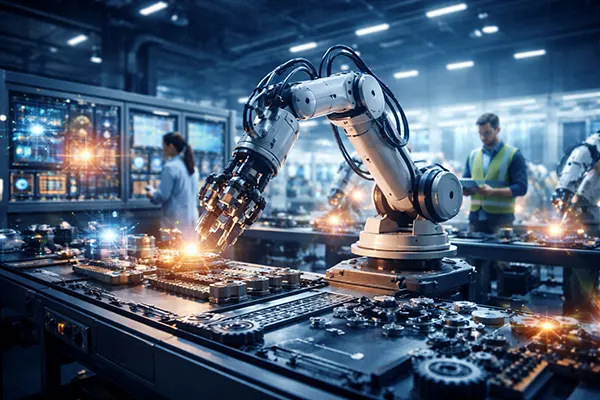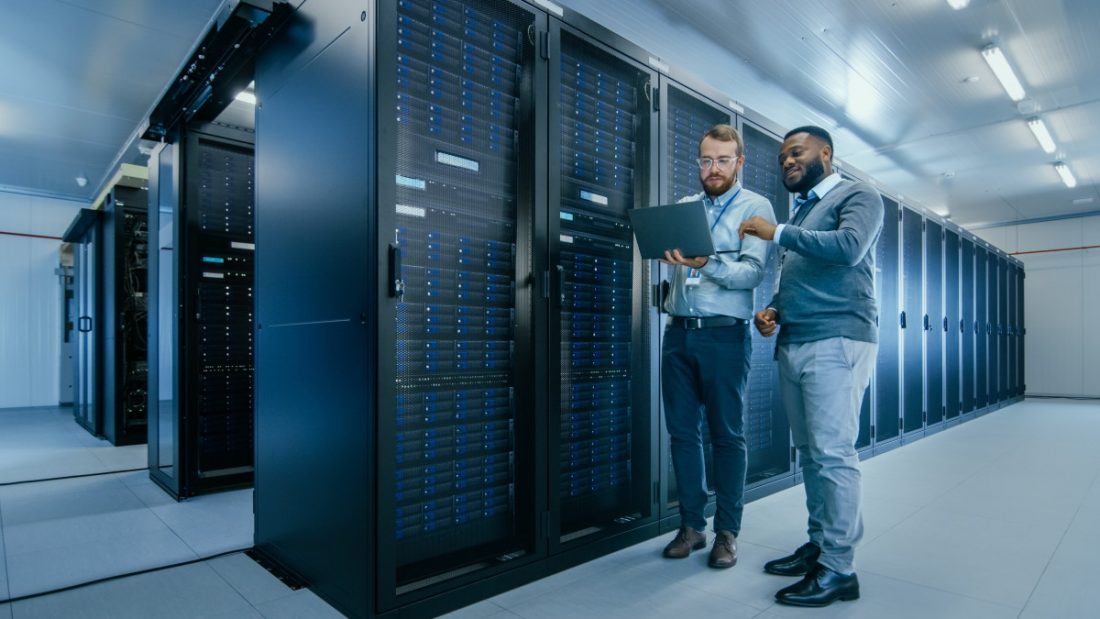
Smart Grids: The Foundation of AI-Powered Energy Systems
Traditional electricity grids were designed for one-way power flows, but cities of the future demand far more flexible systems. Smart grids incorporate digital technologies and real-time data, allowing them to respond instantly to fluctuations in energy consumption and generation. This responsiveness lays the groundwork for AI integration, making energy delivery more adaptive and efficient.
By combining sensors, IoT devices, and data analytics, smart grids can detect faults, forecast energy needs, and automatically reroute electricity. These capabilities are especially valuable in cities, where peak demand can vary by neighbourhood, season, and even time of day. AI enhances these systems by learning from patterns and continuously improving their decisions.
In 2025, countries like Germany, South Korea, and the UK are already implementing AI-based smart grid systems that reduce energy waste and support the integration of renewables. This trend is accelerating as urban areas aim to meet carbon reduction targets and maintain stable electricity access for millions of residents.
Real-Time Demand Forecasting and Load Balancing
AI algorithms can analyse millions of data points per second from smart meters, weather forecasts, historical usage, and economic indicators to predict energy consumption in real time. This forecasting enables utilities to distribute power more efficiently, avoiding overproduction or energy shortages.
Machine learning models are especially effective at managing load balancing—ensuring that no part of the grid is overwhelmed. For example, AI can shift non-essential loads during peak hours or activate backup generation sources when demand spikes unexpectedly. This contributes to greater system reliability and reduced operating costs.
In cities like Amsterdam and Singapore, AI systems already monitor electricity usage at the building level, adjusting distribution automatically based on live input. This level of precision would not be possible using manual or rule-based systems alone.
Renewable Energy Integration and Decentralised Generation
As solar panels, wind turbines, and battery storage become more common, cities are increasingly reliant on decentralised energy sources. These technologies introduce variability into the grid, making it harder to ensure a constant power supply. AI helps overcome this by forecasting generation capacity and adjusting distribution accordingly.
AI can predict solar and wind output based on meteorological data and historical performance, enabling grid operators to plan for dips or surges. When combined with demand forecasts, this results in a smoother, more stable energy flow. AI also optimises the charging and discharging of battery storage systems, making better use of excess energy during off-peak periods.
By 2025, cities like Los Angeles and Tokyo are trialling AI-based virtual power plants (VPPs), which use machine learning to coordinate thousands of small-scale generators as if they were a single entity. This decentralised model makes cities more resilient and less dependent on centralised fossil fuel plants.
AI in Microgrids and Urban Resilience
Microgrids—small, localised energy systems—are gaining popularity in urban districts and campuses. They can operate independently or in conjunction with the main grid. AI is key to making microgrids responsive and self-optimising, particularly in times of crisis or peak demand.
For instance, in case of a blackout in the central grid, an AI-powered microgrid can automatically detect the outage, isolate itself, and continue supplying power using stored energy or local renewables. This functionality is crucial in emergencies such as heatwaves or storms, which are becoming more frequent due to climate change.
AI can also learn from past failures, enabling microgrids to become more robust over time. By simulating possible disruptions, it helps city planners identify weak spots in the energy infrastructure and prevent large-scale outages.

Consumer Engagement and Energy Efficiency
AI is not just transforming how electricity is distributed—it’s also changing how consumers interact with energy. Smart assistants and apps powered by AI now provide real-time insights into consumption patterns, helping users make more sustainable choices. These tools empower individuals and businesses to reduce waste and cut costs.
For example, AI systems can automate heating, cooling, and lighting in commercial buildings based on occupancy and weather. In households, smart thermostats learn user behaviour and preferences, adjusting temperature settings to optimise comfort and energy use. These individual actions scale up to significant savings at the city level.
AI is also being used to create dynamic pricing models, where electricity costs vary depending on demand. Consumers are incentivised to shift usage to off-peak hours, easing stress on the grid and promoting more balanced consumption.
Privacy, Equity, and Digital Access
While AI brings clear efficiency benefits, its application in energy grids raises questions about data privacy and equity. Smart meters and devices collect vast amounts of user information, including household habits and appliance use. It is vital to implement robust data protection policies and transparent consent systems.
Equity is another critical concern. Not all communities have equal access to smart technologies or the internet connectivity required to benefit from them. Governments and utilities must address this gap to avoid creating digital energy divides between urban populations.
In 2025, leading examples from Scandinavia and Canada show how inclusive policies and public-private partnerships can ensure that AI-driven energy innovations benefit all city residents, regardless of income or digital literacy levels.





